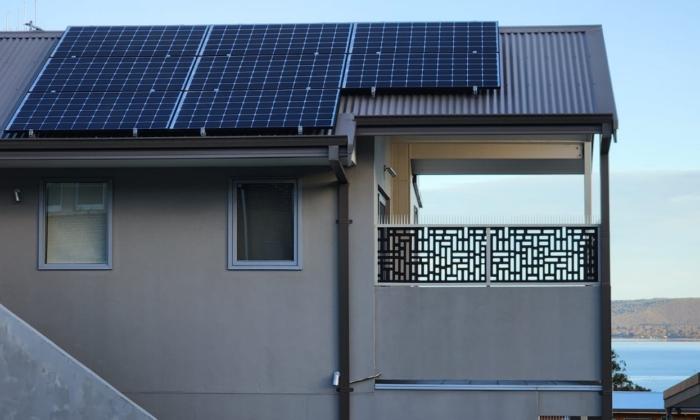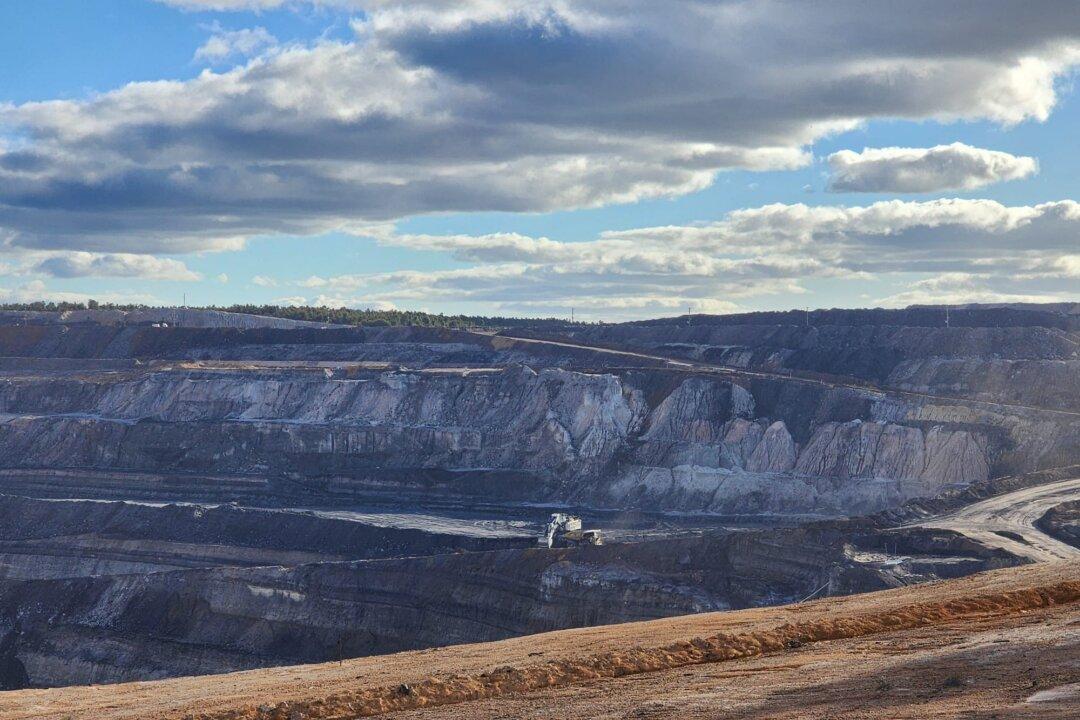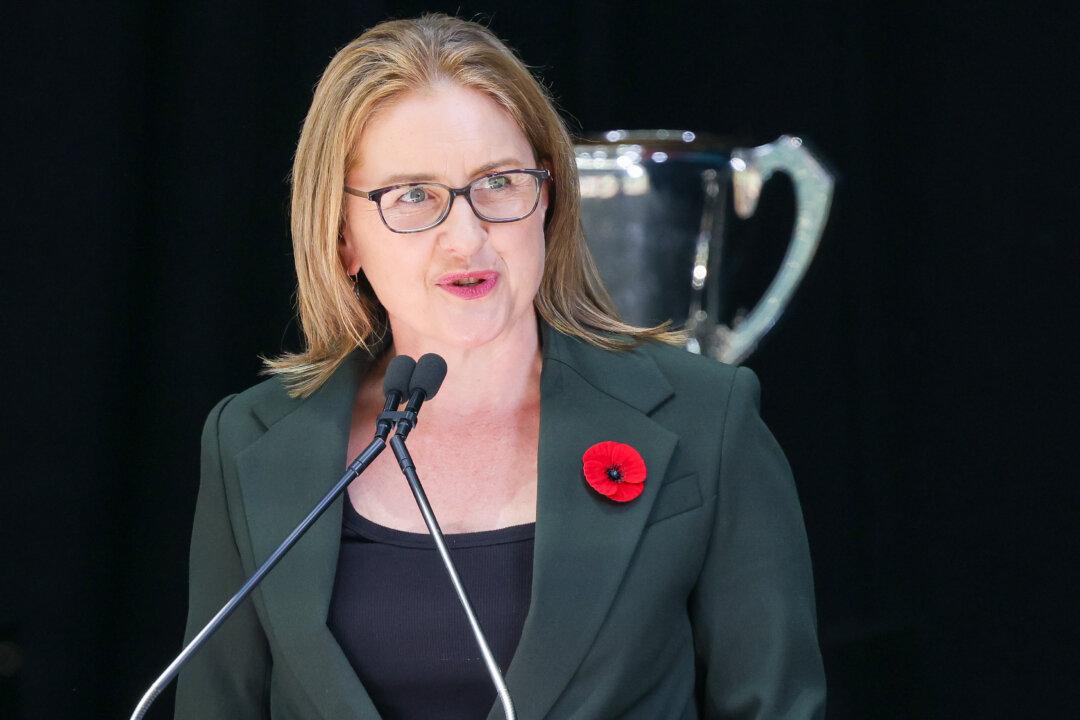The Andrews Labor government has launched an Australian first solar program that will deliver bulk solar panels, heat pumps, and hot water systems to new homes, saving thousands of dollars for home buyers with new rebates.
Under the new program, homeowners do not need to apply for individual rebates because companies that install solar panels, heat pumps, and hot water systems can apply for government rebates directly after providing proof of installation, saving homeowners time and money.
As a result, homeowners will receive their rebates as cash savings through their provider, which is around $4,600 (US$2,963) before they even move in.
The Victorian government’s $10 million residential electrification grants program will cover the installation of more than 8,300 energy-efficient systems.
Victorian Minister for Energy and Resources Lily D’Ambrosio believes that this new solar grogram will speed up the transition of Victorian households into all-electric homes.
“This program is helping to accelerate the household transition to all-electric homes on a scale not yet seen in Australia.”
Homes with solar and electric hot water can save up to $1,500 on their annual energy bill, while a new home with all electric appliances plus rooftop solar could save $2,200 on their annual energy bill.
This is in addition to the Labor Government’s 1.3 billion Solar Homes program, which has helped over 260,000 Victorians sever the upfront installation costs of solar panels, hot water systems and batteries through rebates and loans, which in turn saved 2.2 million tonnes of emissions.
Companies involved with at least 50 residential projects can apply, and expressions of interest are open until the end of November.
The Victorian state has one of the most ambitious net zero targets in Australia, aiming to reach net zero emissions by 2045 and reducing emissions by 75 to 80 percent below 2005 levels by 2035.
Other initiatives to help achieve these targets include banning gas connections to new homes from 2024 and setting a target of 95 percent renewable energy generation by 2035.
The state is also formally part of the Global Offshore Wind Alliance and represents the second-largest offshore wind pipeline in the Asia-Pacific region.
It has an ambitious goal of creating 2 GW from the offshore wind capacity by 2032, 4 GW by 2035, and 9 GW by 2040, attracting investment from Australia and across the globe.






